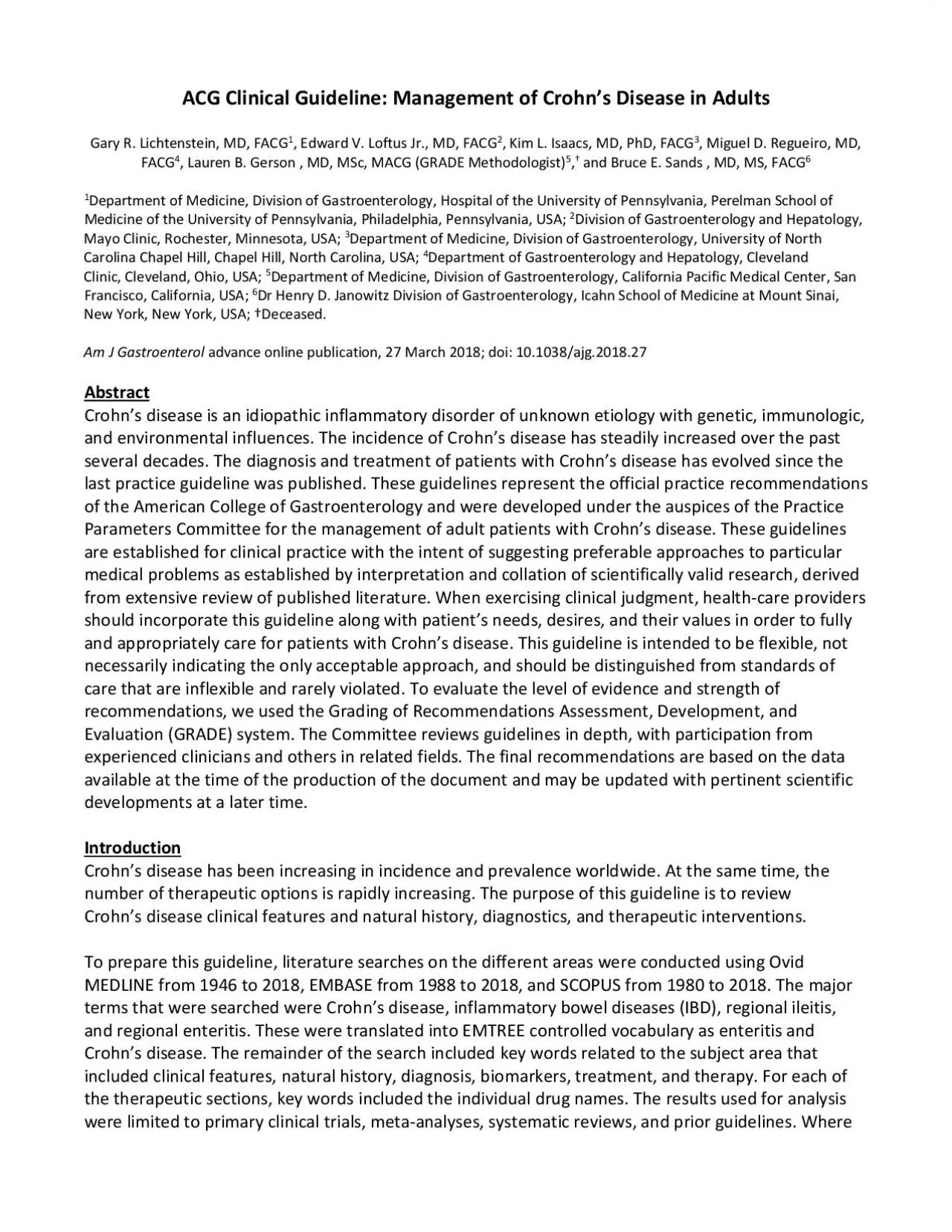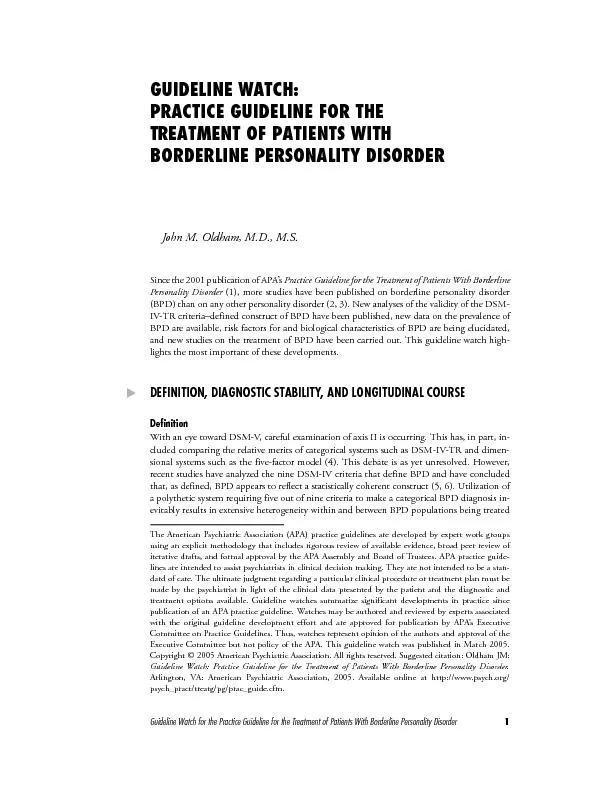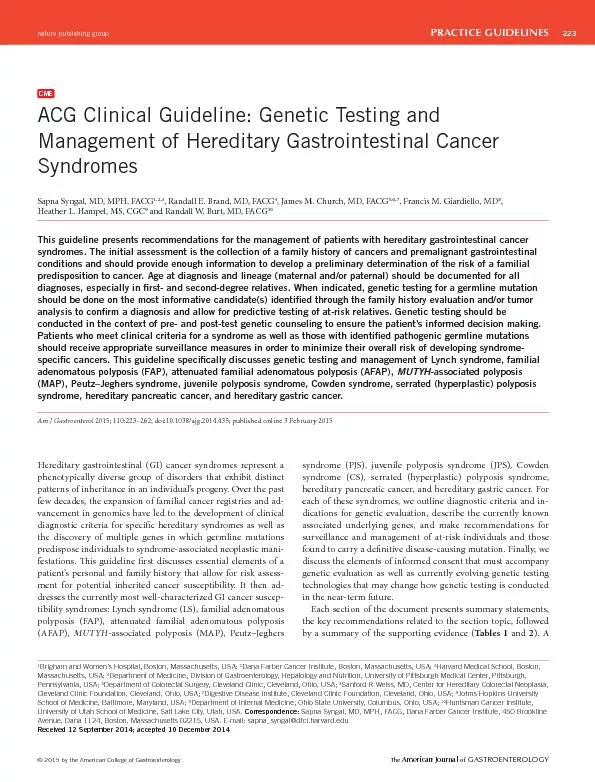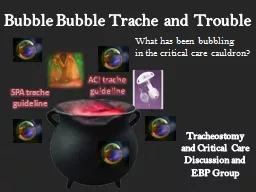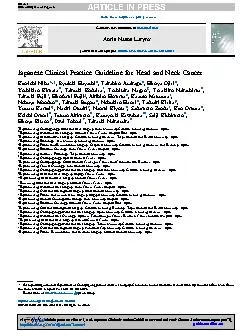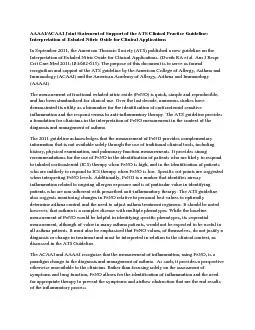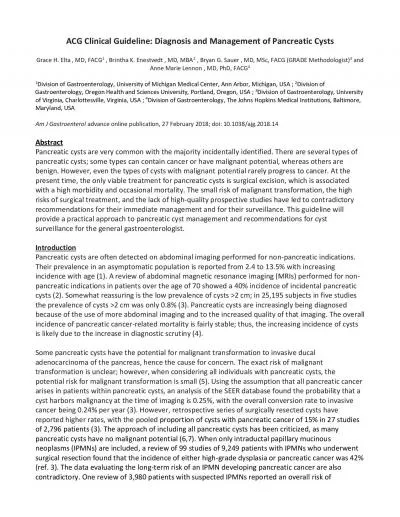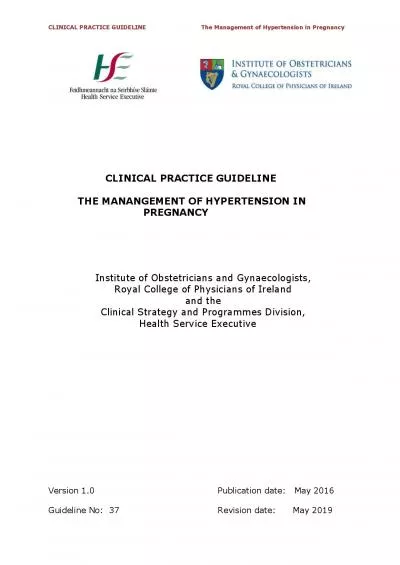PDF-ACG Clinical Guideline Management of Crohn146s Disease in AdultsGa
Author : okelly | Published Date : 2022-08-25
Abstract Crohn146s disease is an idiopathic inflammatory disorder of unknown etiology with genetic immunologic andenvironmental influen Introduction Crohn146s disease
Presentation Embed Code
Download Presentation
Download Presentation The PPT/PDF document "ACG Clinical Guideline Management of Cro..." is the property of its rightful owner. Permission is granted to download and print the materials on this website for personal, non-commercial use only, and to display it on your personal computer provided you do not modify the materials and that you retain all copyright notices contained in the materials. By downloading content from our website, you accept the terms of this agreement.
ACG Clinical Guideline Management of Crohn146s Disease in AdultsGa: Transcript
Download Rules Of Document
"ACG Clinical Guideline Management of Crohn146s Disease in AdultsGa"The content belongs to its owner. You may download and print it for personal use, without modification, and keep all copyright notices. By downloading, you agree to these terms.
Related Documents

